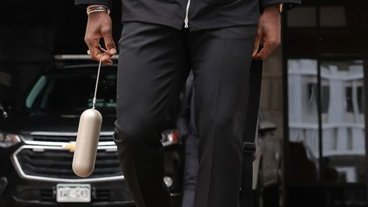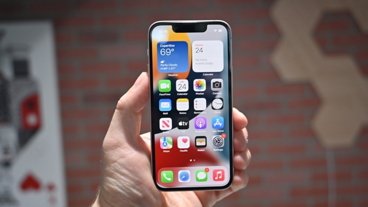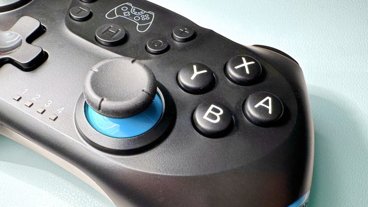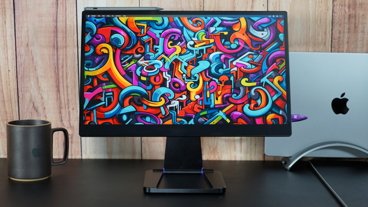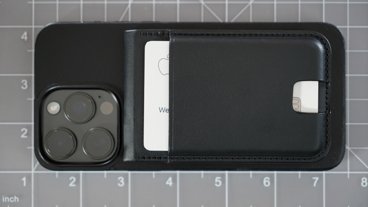Apple may turn to carbon fiber for lighter MacBook Air
As such, people who've proven familiar with the company's portable plans say the Mac maker has been looking into substituting carbon fiber parts for certain structural components currently cast from heavier aircraft-grade aluminum.
Carbon fiber is an extremely lightweight material comprised of very thin fibers about 0.005–0.010 millimeters in diameter and composed mostly of carbon atoms. The atoms bond together in microscopic crystals that are aligned parallel to the long axis of the fiber and can thus be used to form exceptionally strong composites without requiring more material.
The high strength-to-weight ratio of carbon fiber has made it a popular choice for the aerospace, sporting, and racing industries, where it's used for aircraft parts, bicycle frames, and performance car bodies. More recently, however, its application has spilled into the computing industry, with vendors such as Sony and HP's Voodoo PC brand all using it to construct lightweight notebook enclosures.
For its part, Apple is reportedly looking to adopt the material for only a portion of Air's enclosure. The Cupertino-based firm is extremely proud of the notebook's precision unibody upper chassis, which it mills from a single extruded block of aluminum. While no changes have been proposed for this component, those familiar with ongoing R&D efforts say the company is hoping to replacing the Air's lower aluminum case, or bottom cover, with one constructed from carbon fiber.
The move would reportedly raise production costs but shave upwards of a 100 grams off the notebook, dropping its weight from a hair over 3 pounds (or 1363 grams) to 2.78 pounds (or 1263 grams). A pre-production unit showcasing the new part was said to look identical to the existing Air with the exception of the carbon fiber bottom, which appeared in the material's native black.
In our attempts to provide some color on the weight-related claims, we contacted the tear-down experts at iFixit for a breakdown of the Air's weight distribution. Indeed, it turns out that the notebook's bottom cover is the second heaviest structural component outside the unibody chassis (260 grams), weighing in at 152 grams. The rear bezel, or top cover with the Apple logo, weighs 211 grams.
A breakdown of the Air's weight provided by iFixit.
More than 35 percent of the Air's weight comes from the combination of its 287 gram battery and 210 gram LCD panel. The logic board, hard disk drive, and hard drive mounting brackets comprise another 10 percent of the unit's weight.
Asked about the rumored materials swap, iFixit chief executive Kyle Wiens said he wouldn't put it past the Mac maker, which is constantly pushing the manufacturing envelope, to make such a change.
"[Apple industrial design chief Jonathan] Ive's vaunted 'torsional rigidity' is a huge reason for the Air's success," he said. "The current machines feel extremely solid. Apple wouldn't want to sacrifice that at all, hence the willingness to spend more on carbon fiber."

The Air's bottom cover is one of the notebook's most simple components | Source: iFixit's MacBook Air Take Apart Guide
Although AppleInsider publishes the aforementioned information strictly as a rumor, it's believed the shift to a carbon fiber bottom is far enough along in its development cycle that it could appear in a revision to the MacBook Air sometime next year.
 Kasper Jade
Kasper Jade
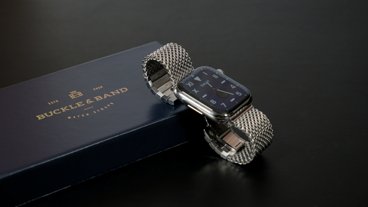
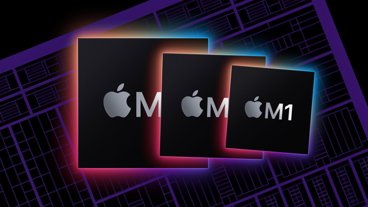
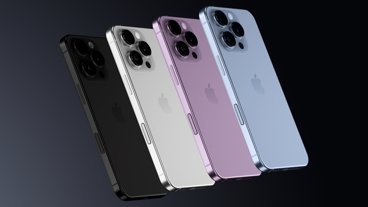
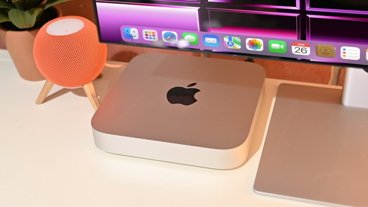

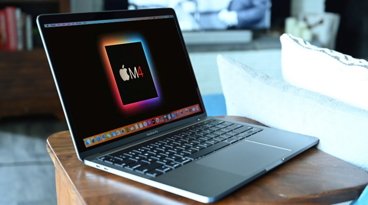
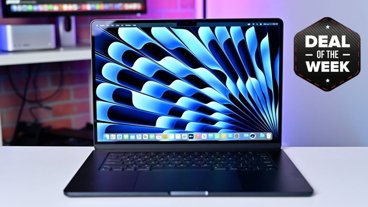
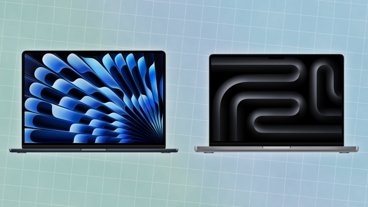
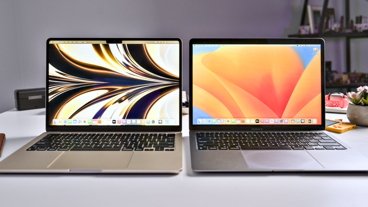
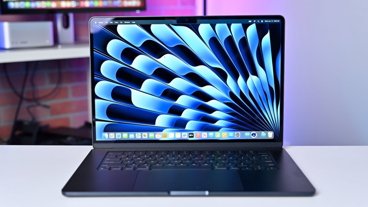
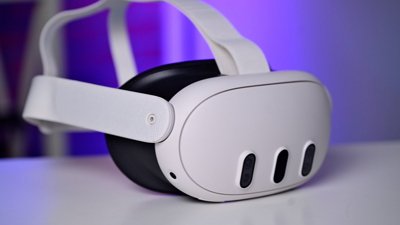
 Andrew Orr
Andrew Orr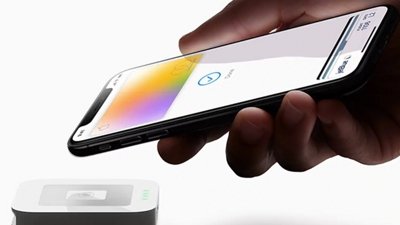
 Marko Zivkovic
Marko Zivkovic
 Malcolm Owen
Malcolm Owen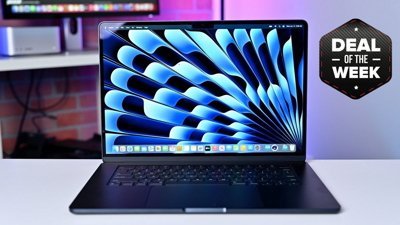
 Christine McKee
Christine McKee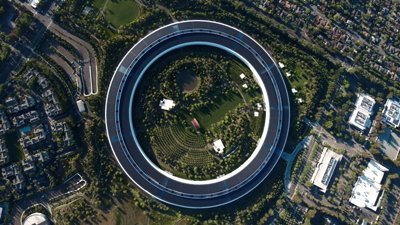
 William Gallagher
William Gallagher
 Andrew O'Hara
Andrew O'Hara
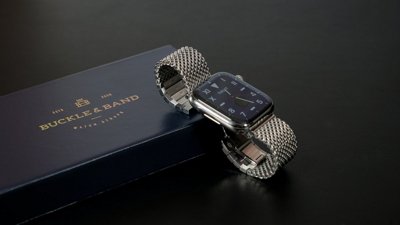
 Sponsored Content
Sponsored Content